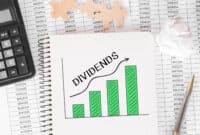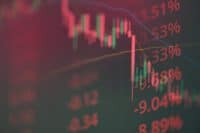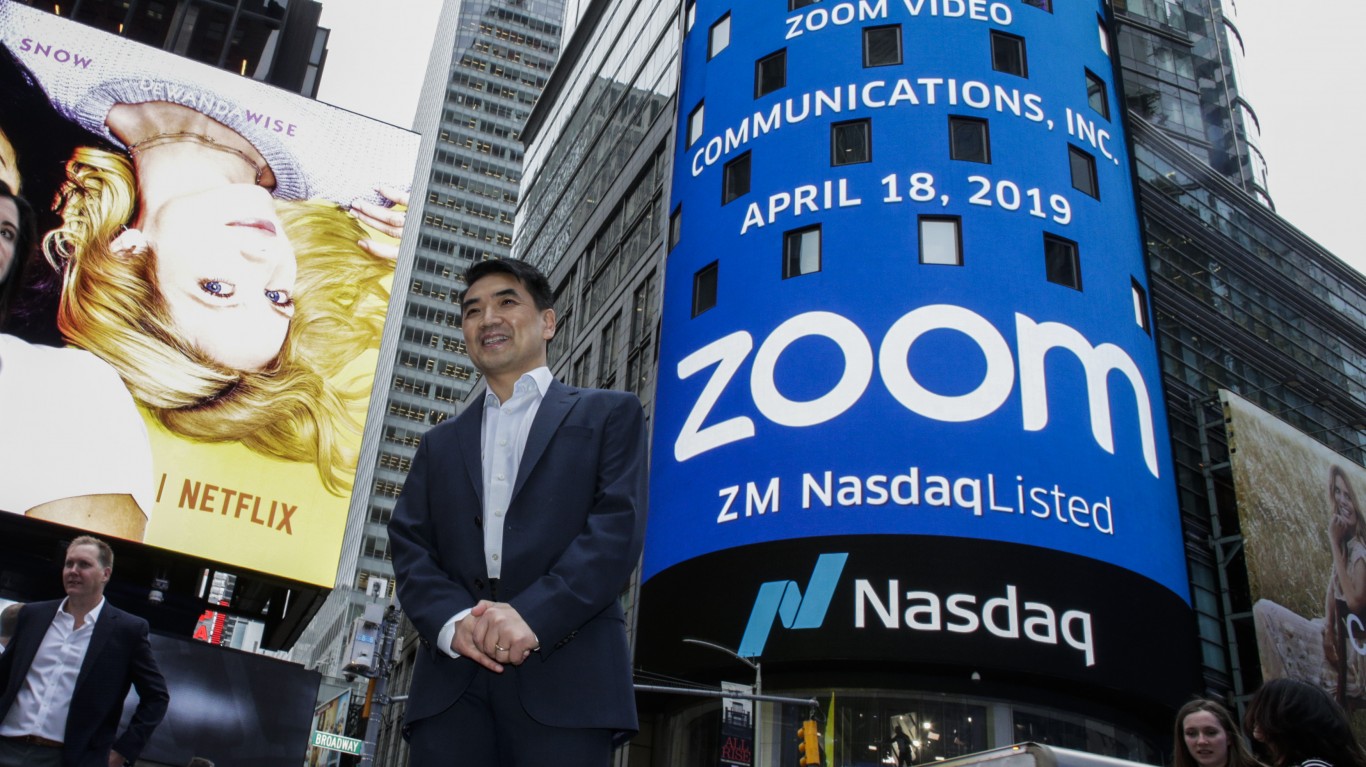
Former NBC-TV news anchor Tom Brokaw is credited with popularizing the title, “The Greatest Generation” to describe Americans born 1901 and 1927, a great many who wound up serving in WWII. Coming of age during The Great Depression, their frugality, patriotism, devotion to family, and American “can-do” attitude were all admirable traits. They are also the parents of the Baby Boomers (1946-1964).
Although they are stereotyped as the generation of the 60’s hippies, anti-war protests, Leftist politics and drugs, sex, and rock & roll, Baby Boomers, ironically, are the richest generation in US history. A number of analysts attribute this massive wealth primarily to real estate and stock ownership. Baby Boomer originated spending averages over $548 billion annually, and their cumulative holdings are estimated to be $78.5 trillion as of early 2024, which is more than half of the entire US government net worth, according to Federal Reserve data.
Key Points
-
Just 5 years ago, Baby Boomers (born from 1946-1964) were a lagging demographic when it came to adoption of ETFs for their investment needs.
-
A Business Insider article noted that Boomers’ investments have tended to be centered more on real estate and stocks.
-
Capital gains taxes and familiar habits from investing in mutual funds throughout the 1970s going forward make Baby Boomers reluctant to switch to ETFs.
-
Contemporary guidance from financial planners, social media, and online research education is starting to create better ETF awareness for Boomers, especially, as they look to switch into more income oriented assets as they approach retirement age.
-
Retiring early is possible, and may be easier than you think. Click here now to see if you’re ahead, or behind. (Sponsor)
In fact, because the Baby Boomers are also the largest single demographic generation in terms of total headcount, a number of analysts think that any change in financial habits can trigger a domino effect tidal wave in the markets. The scenarios envisioned can unfold thus:
- Boomers born towards the latter end of the range, i.e. 1957-1964, are now looking towards near term retirement, or may have already commenced retirement.
- Investments in stocks or mutual funds earmarked for growth will require a swap for more income producing oriented assets.
- If enough Baby Boomers begin to shift assets en masse, the sheer volume could create greater stock market volatility.
- If there is any hint of a possible recession, Boomer-fueled panic selling would also rock markets.
Baby Boomers own $19 trillion worth of US real estate, which is 42%, and also own 54% of all US stocks and mutual funds.
ETFs – The One Asset Class Underappreciated By Baby Boomers
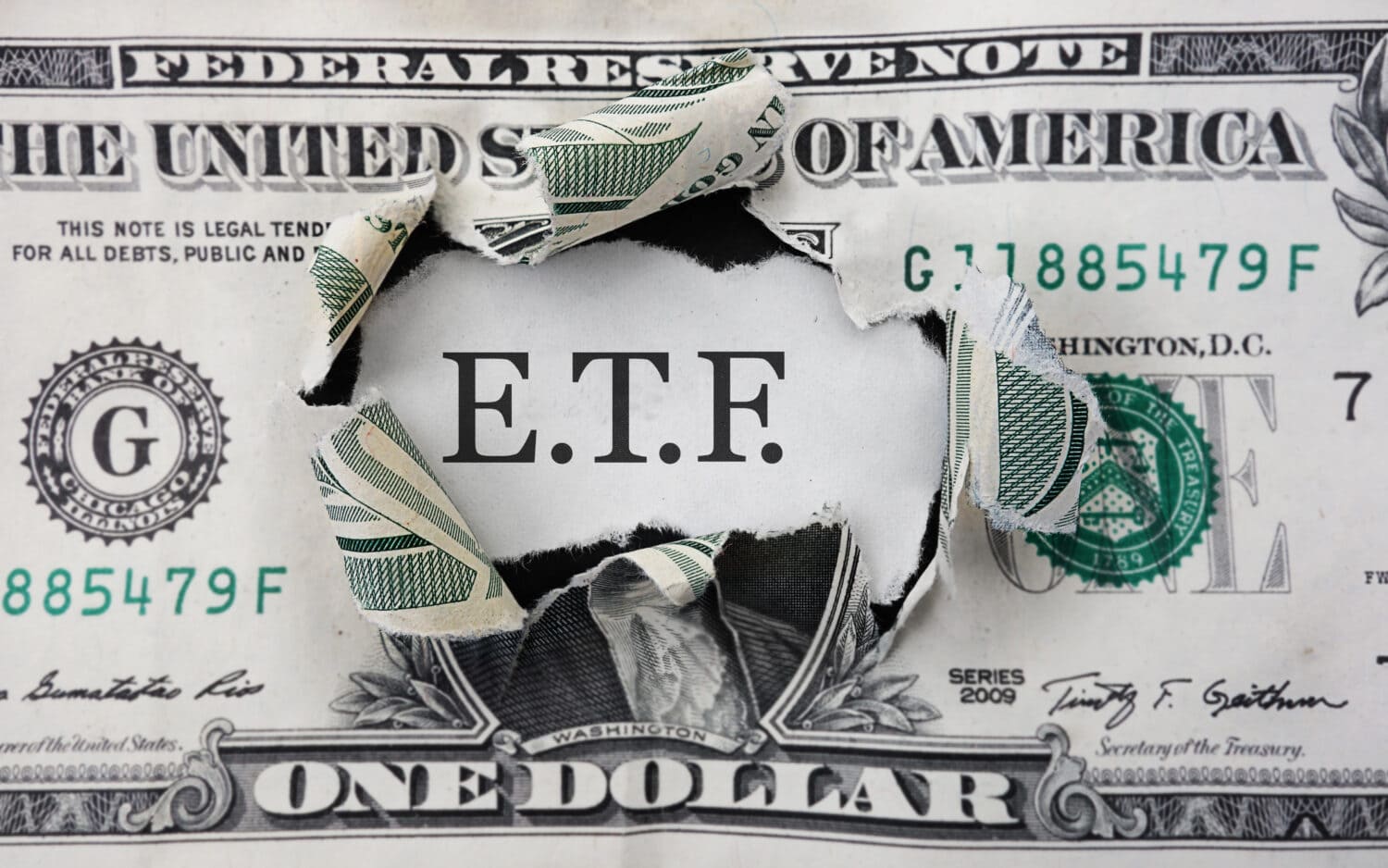
Exchange Traded Funds (ETFs) made their debut as a financial market asset class in 1993. State Street’s SPDR S&P 500 Index ETF (NYSE: SPY) broke ground and spearheaded a new industry. Cheaper than mutual funds and sharing the convenience of stocks, ETFs have comparable sector offerings to mutual funds, which are often issued from the same financial institutions. However, since their share numbers are fixed, ETFs deploy more capital invested than mutual funds, which require a certain amount of cash on hand to address daily redemptions. The passive nature of ETFs, which track benchmark indices via computer, also allows them to offer substantially lower expense ratio fees than mutual funds.
Nevertheless, compared to Gen-X, Millennials, and Gen-Z, Baby Boomer adoption of ETFs is drastically lower. This has been attributed to several timing and human nature factors, such as:
- Many Baby Boomers first started investing during the 1970s and 1980s. During that era, stocks and bonds were the only market assets available, with mutual funds just starting to generate public interest. Baby Boomers who invested during that period tend to stick with what they are familiar with, especially if those investments have built up sizable nest eggs for their owners.
- While some Baby Boomers may be familiar with ETFs, they would be facing massive capital gains taxes if they liquidate longtime held mutual fund holdings to swap into ETFs. This taxation factor is a major obstacle towards more widespread Baby Boomer ETF adoption.
- Baby Boomers who prefer old-school paper recordkeeping and have not embraced digital technology are more averse to ETFs, given so much of its information and details are accessed through social media, internet newsletters, and other digital format media.
The Tide is Shifting

There are indications, however, that the tide is shifting in renewed interest in ETFs from its smallest investor demographic. RIAIntel noted in May, 2024 that mutual fund ownership, already starting to trend downwards in recent years identified the following trend results from 2018 to 2023, reported in a Broadridge Financial Solutions study:
- Mutual fund ownership fell from 72% to 62%.
- As a total allocation, mutual fund ownership dropped from 53% to 38%.
- Total allocation percentage of equities rose from 29% to 39%.
- Total allocation percentage of ETFs rose from 18% to 23%.
Given that mutual fund ownership is significantly concentrated in the Baby Boomer demographic, this drop in mutual fund allocation and the corresponding rise in ETFs appears to indicate an increasing acceptance of ETF adoption. This reverse of trend has not been by chance. There has been a concerted marketing effort to better acquaint Baby Boomer investors about the advantages of ETFs and those initiatives have begun to bear fruit. These include:
- Companies seeking to keep AUM of their mutual fund owners are aware of increased competition. Therefore, educating its current customers as to their other options within the overall family of investment products, including ETFs, can aid in keeping funds from going to rivals.
- The shift in financial advisor compensation towards a percentage based on AUM versus a per transaction fee has steered many to advise their clients about ETFs which have outperformed comparable mutual funds, this growing overall AUM per account larger.
- A number of Baby Boomers have grown better acquainted with social media as a means to stay in touch with relatives and friends who live far away. This exposure has opened them to marketing of ETFs and the positive experiences related from actual ETF owners in chat forums have served to make Boomers more open to ETF consideration
ETFs for Retirement Planning – Baby Boomer Incentives
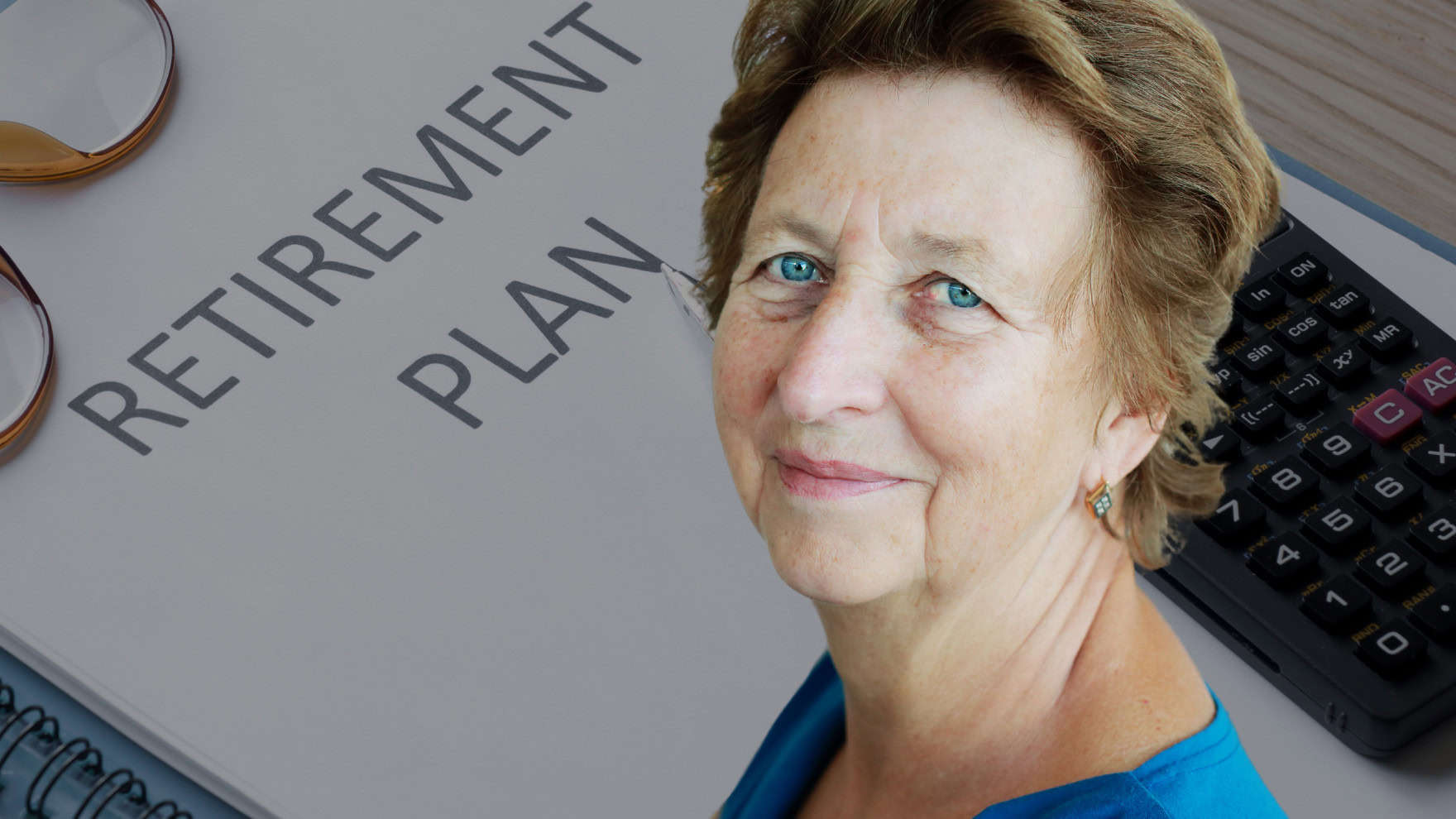
The greater comfort level with ETFs may prime them for an influx surge trend of Baby Boomer funds that already may appear to have started. As the last of the Baby Boomer generation has turned 60, retirement considerations and steps are being taken by millions, and ETFs are now a part of the equation. They may find favor for several reasons including:
- Lower Expense Ratios – Baby Boomers looking to rebalance their retirement portfolios from total growth oriented to a mix of growth and income will be subject to capital gains taxes. The lower expense ratios of ETFs will certainly play a factor in calculating how to make up for the IRS taking its chunk of one’s retirement funds.
- Smaller Minimum Investments – Since ETFs can trade at fractional shares, they don’t have the same minimum investment thresholds of $1000 or more that mutual funds frequently require. As such, less cash in the account is left idle, and more is deployed into the asset.
- Tax Efficiency – For those investors wishing to keep some growth aspect of their investments in their portfolios, ETFs offer better tax efficiency and a subsequent lower capital gains liability than mutual fund equivalents. This is an especially crucial consideration for retirees who may face RMD (Required Minimum Distribution) protocols under the IRS. The lower reportable capital gains can potentially keep a retiree’s income level from jumping into a higher bracket while still getting the overall upside for the portfolio.
While Baby Boomers still have a ways to catch up to ETF adoption when compared to Gen-X, Millennials, and Gen-Z, the realities of capital gains taxes, retirement income, and greater bang for the buck that ETFs offer can be an irresistible combination. The greater awareness and education initiative is starting to see dividends, and ETF buying may very well be the next surge in the market over the course of the ensuing decade.
Take Charge of Your Retirement In Just A Few Minutes (Sponsor)
Retirement planning doesn’t have to feel overwhelming. The key is finding expert guidance—and SmartAsset’s simple quiz makes it easier than ever for you to connect with a vetted financial advisor.
Here’s how it works:
- Answer a Few Simple Questions. Tell us a bit about your goals and preferences—it only takes a few minutes!
- Get Matched with Vetted Advisors Our smart tool matches you with up to three pre-screened, vetted advisors who serve your area and are held to a fiduciary standard to act in your best interests. Click here to begin
- Choose Your Fit Review their profiles, schedule an introductory call (or meet in person), and select the advisor who feel is right for you.
Why wait? Start building the retirement you’ve always dreamed of. Click here to get started today!
Thank you for reading! Have some feedback for us?
Contact the 24/7 Wall St. editorial team.


